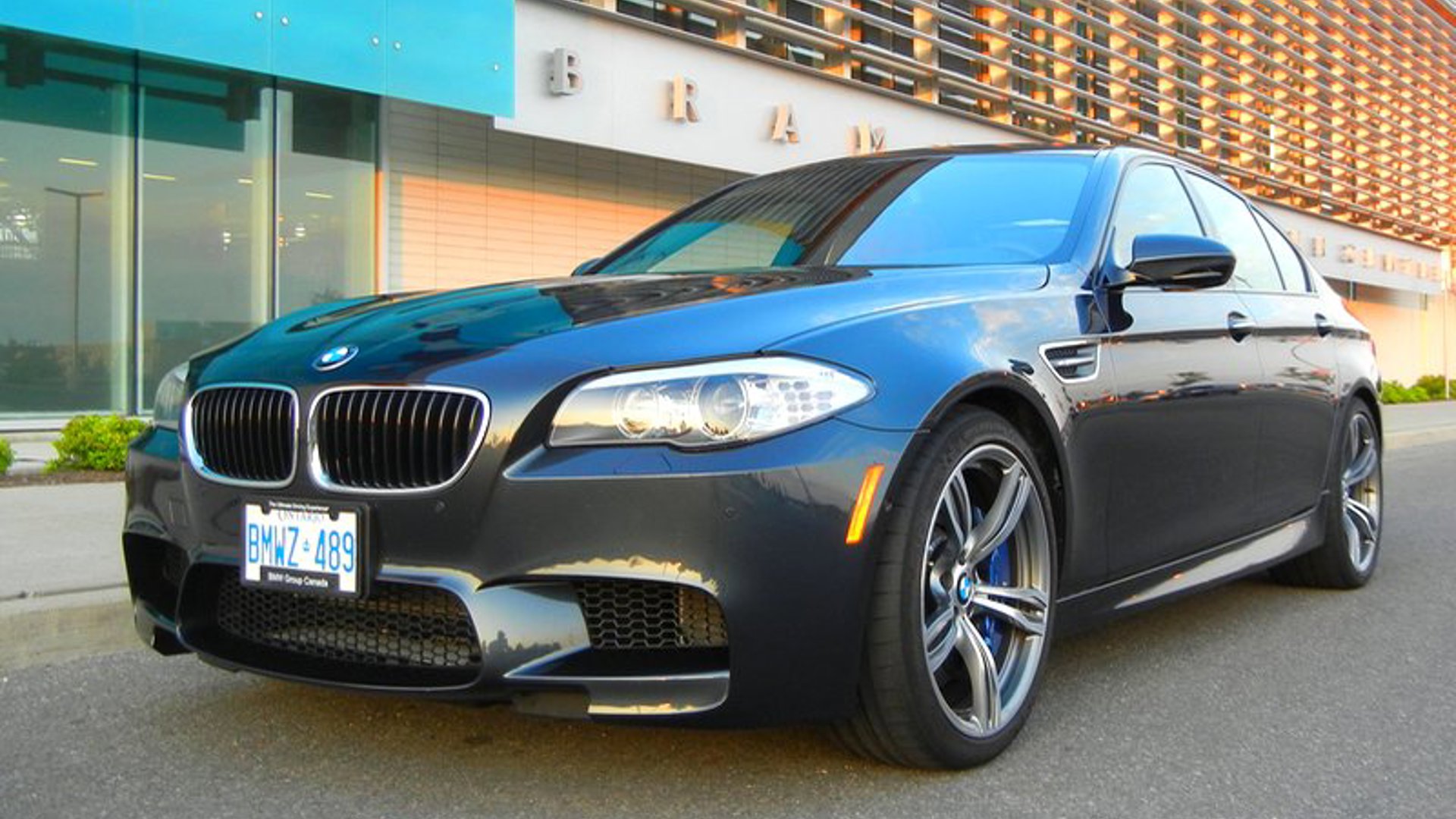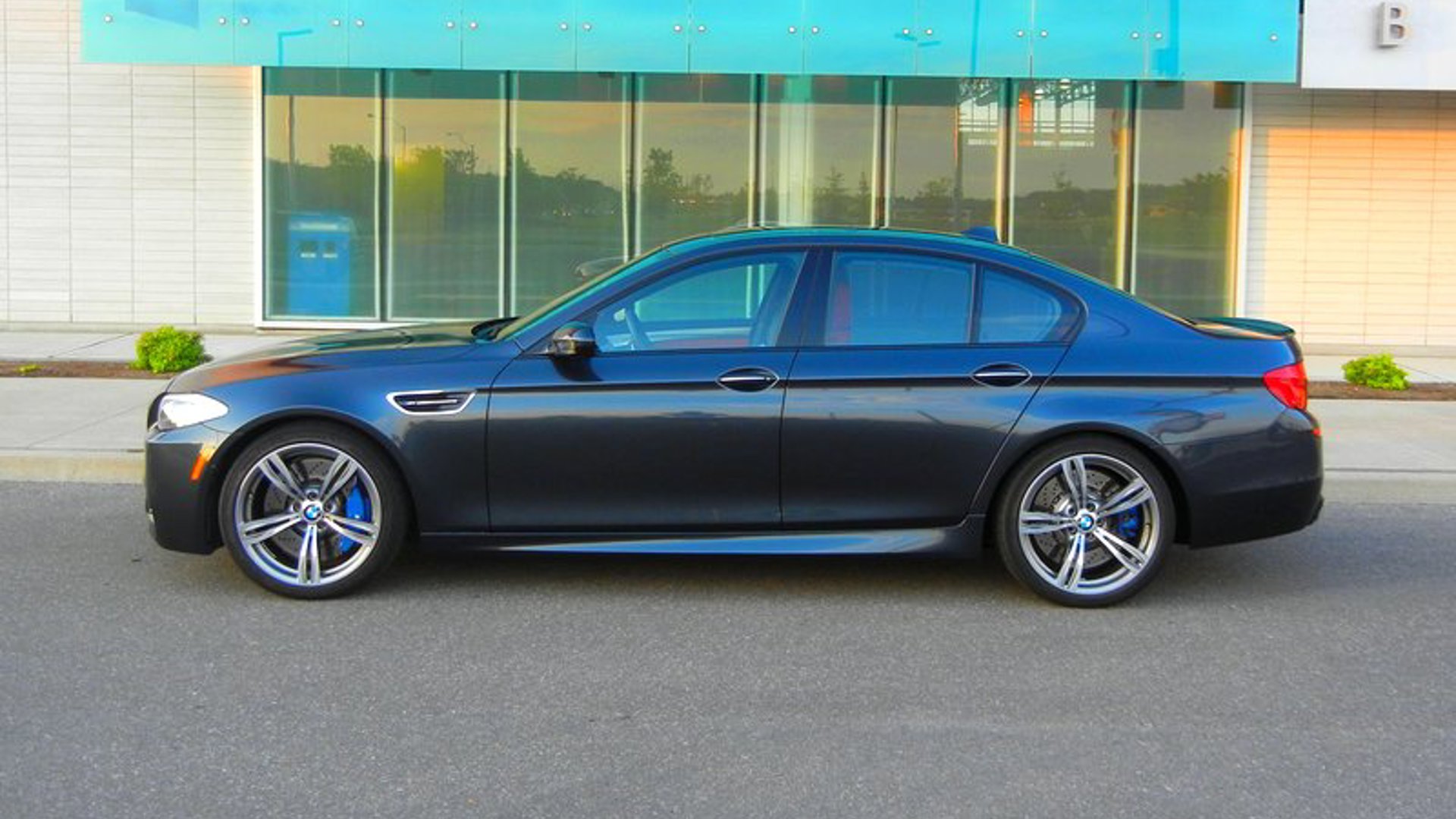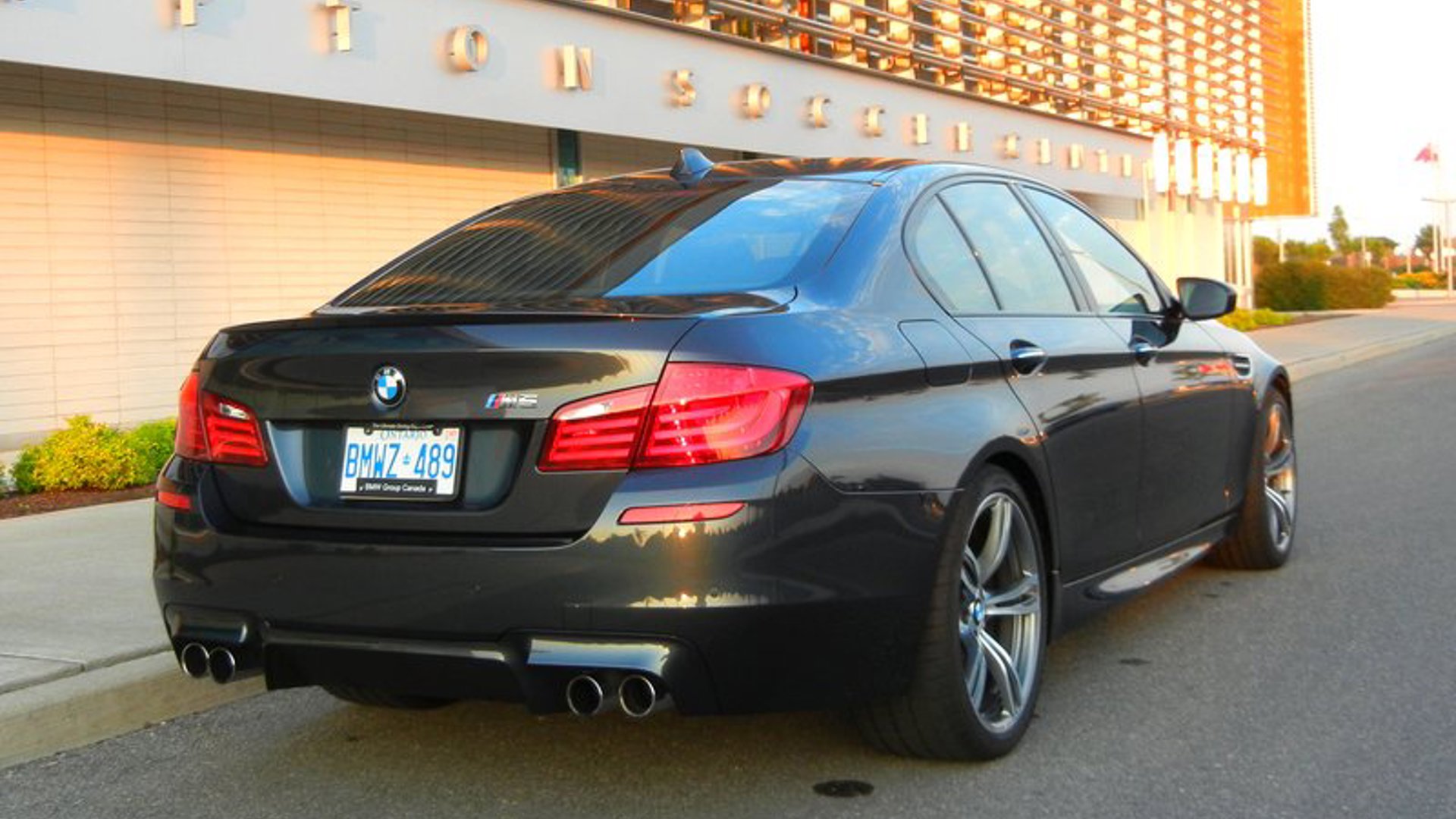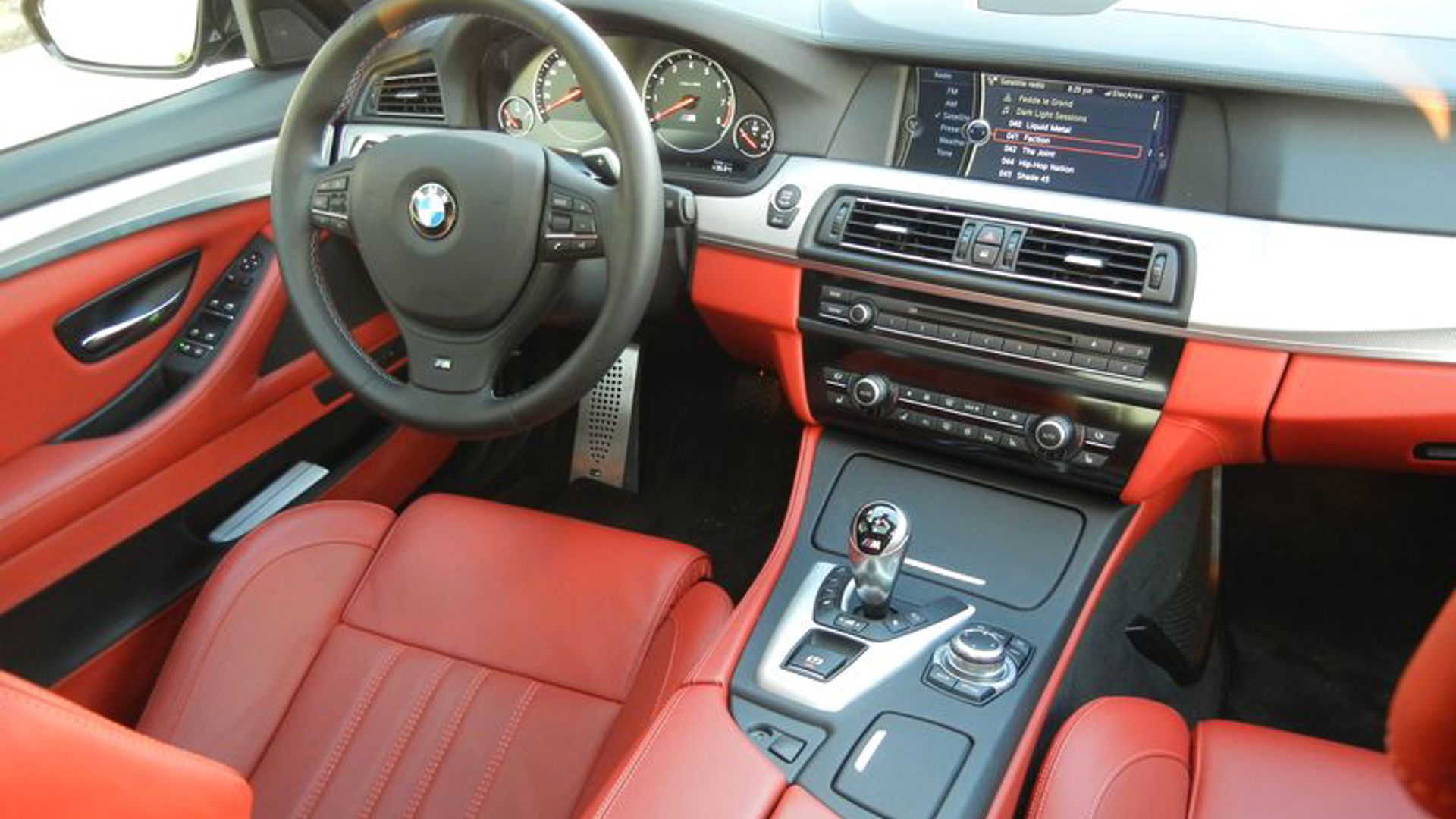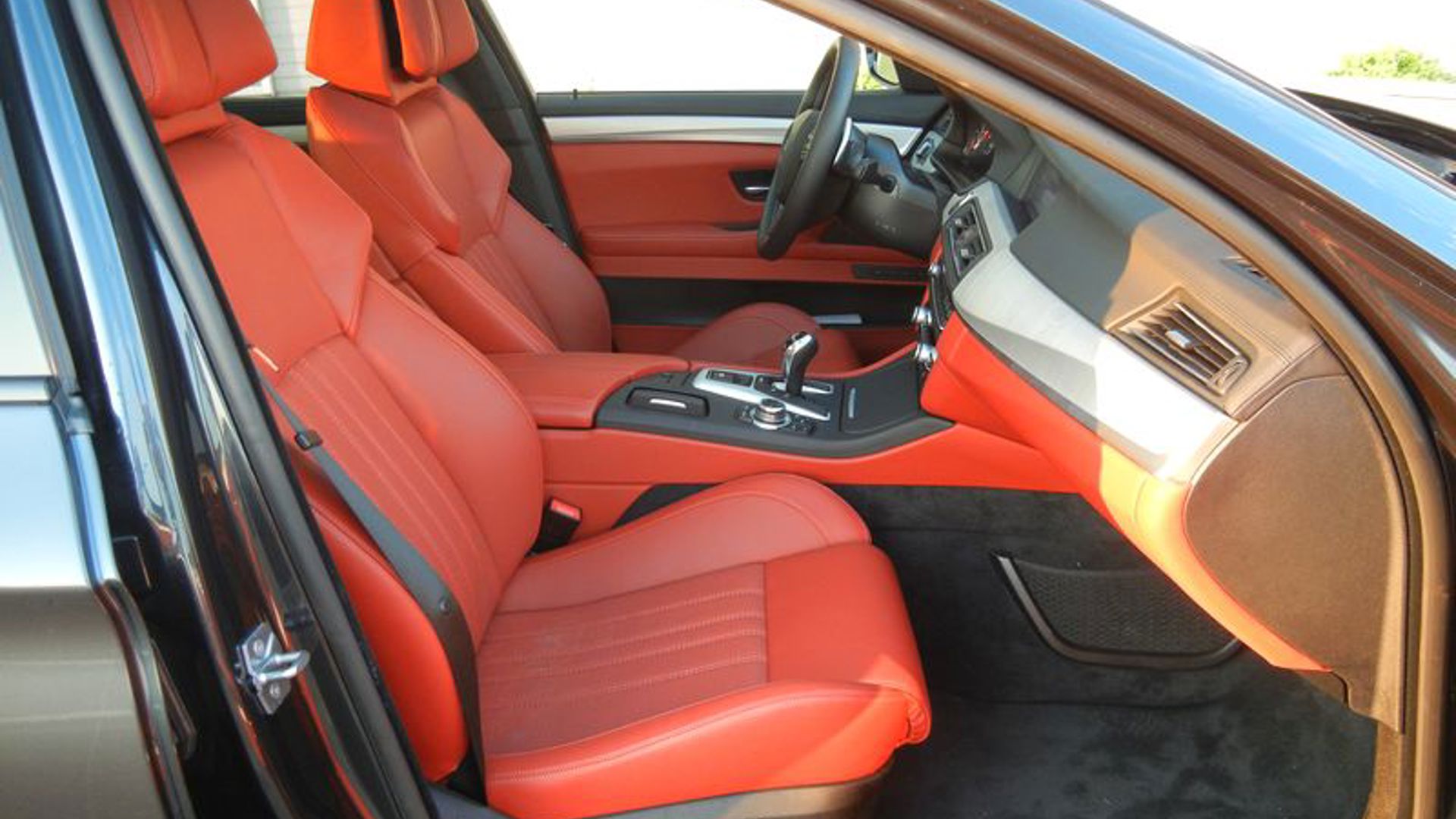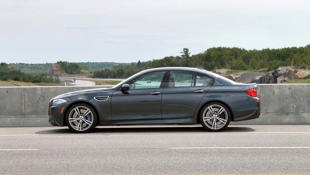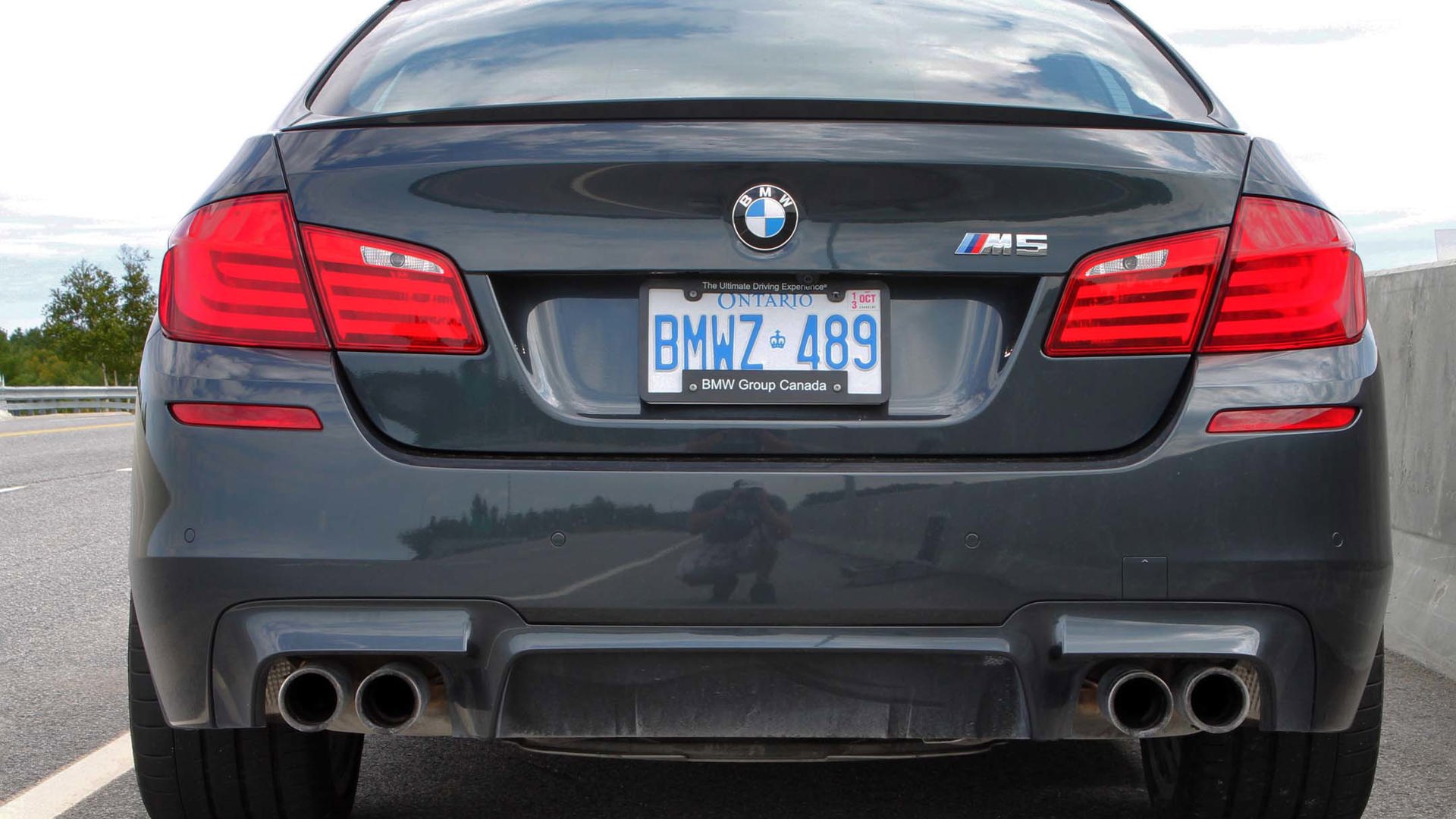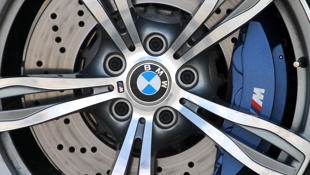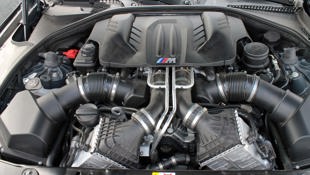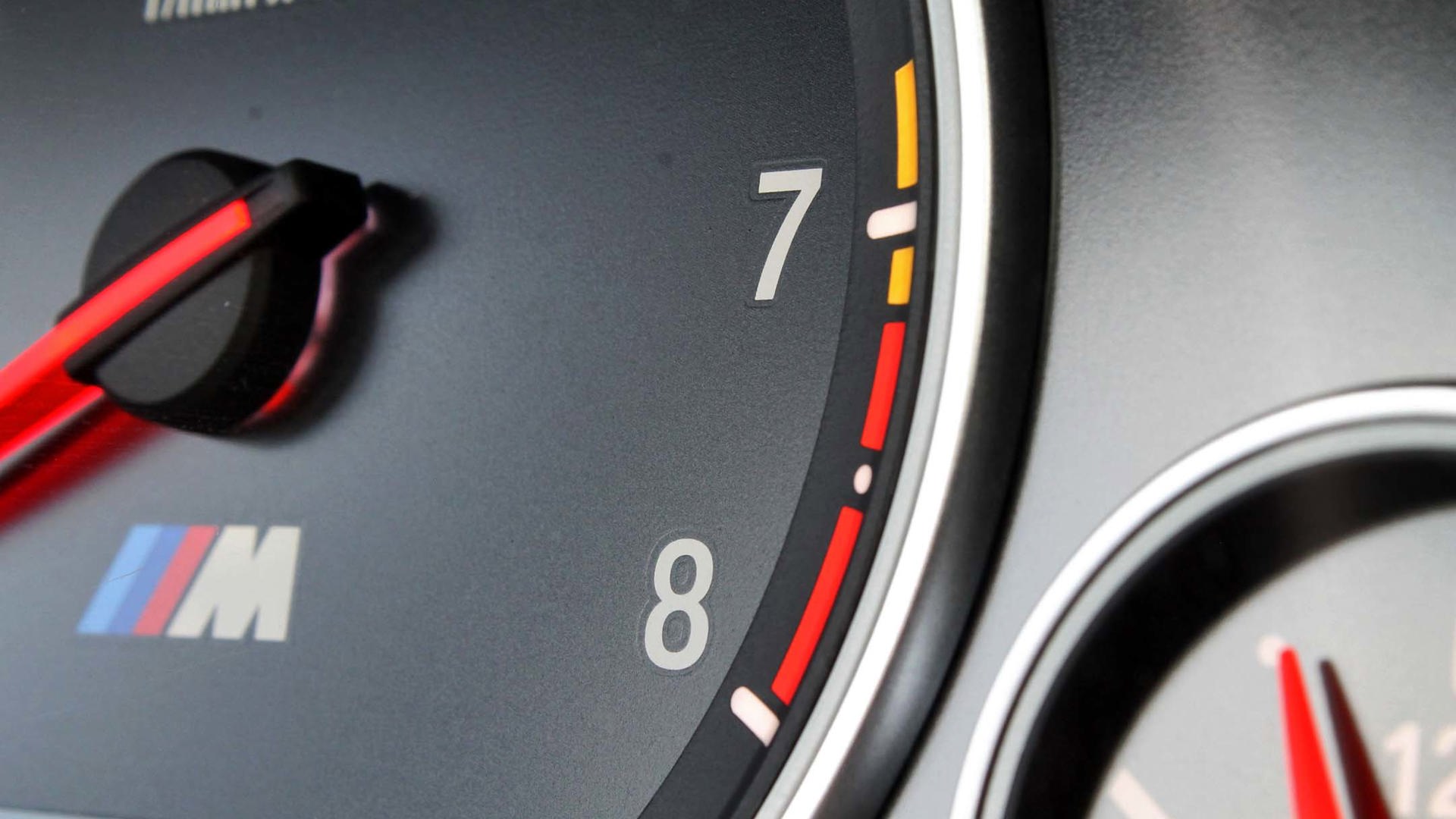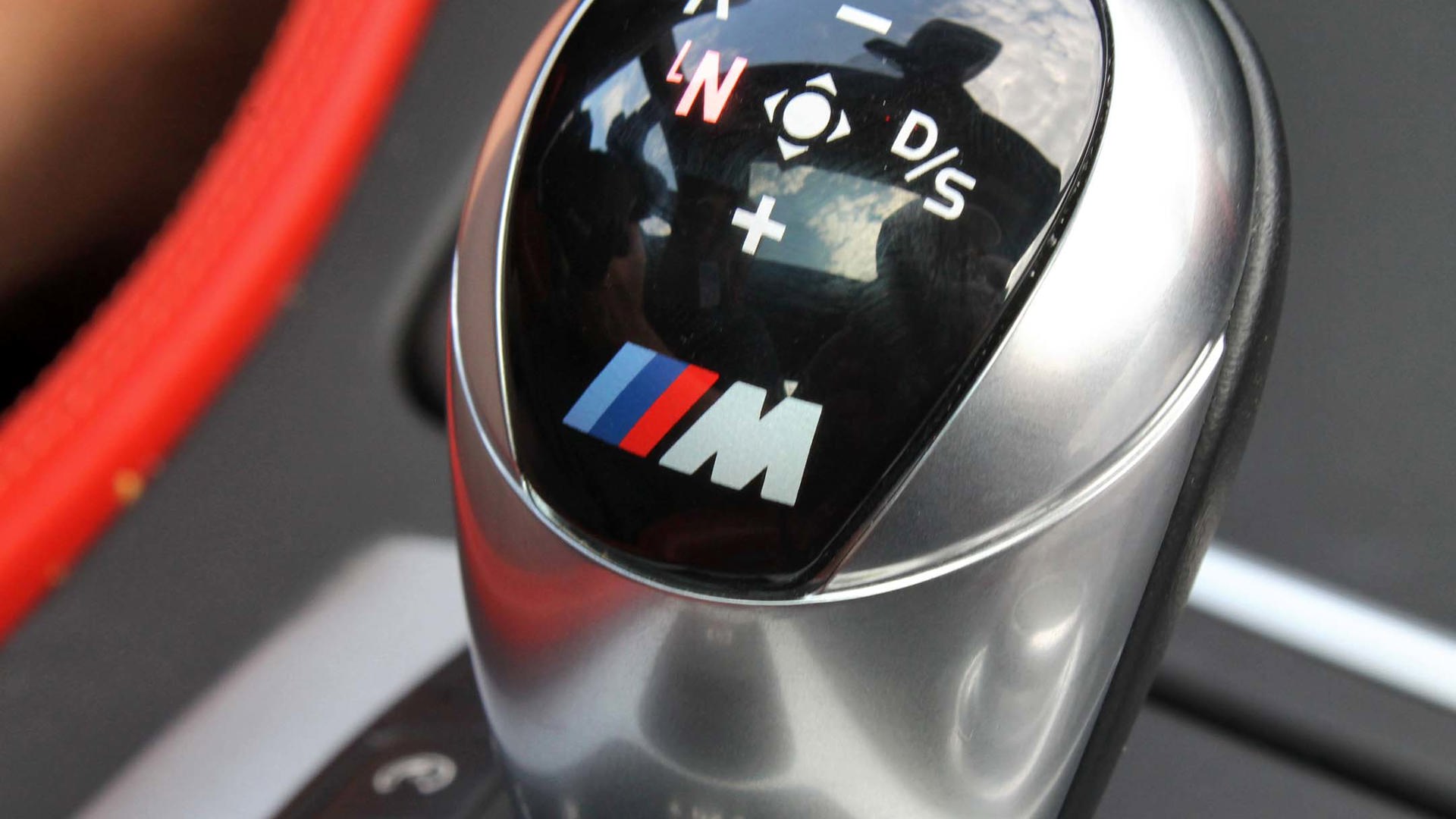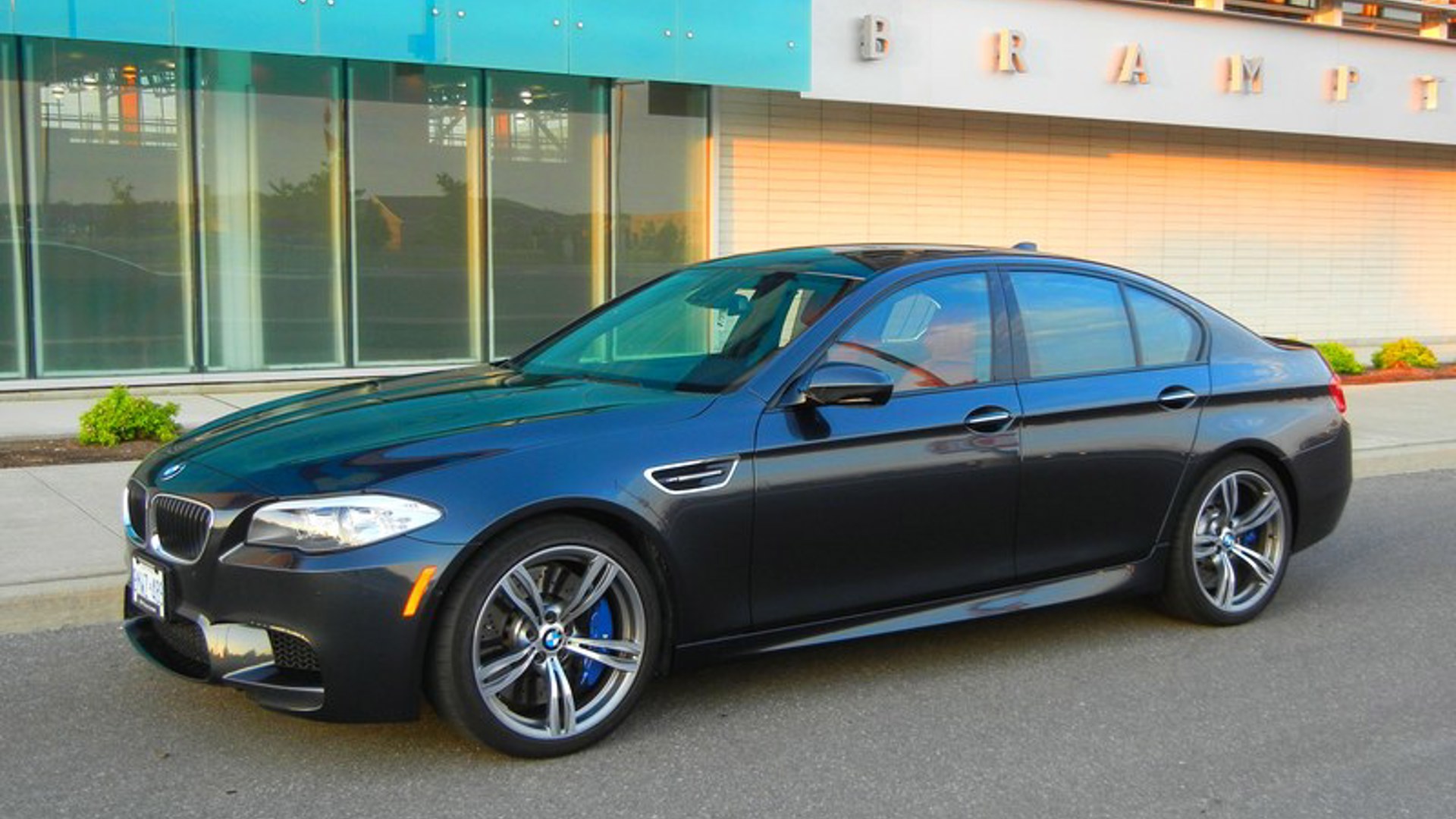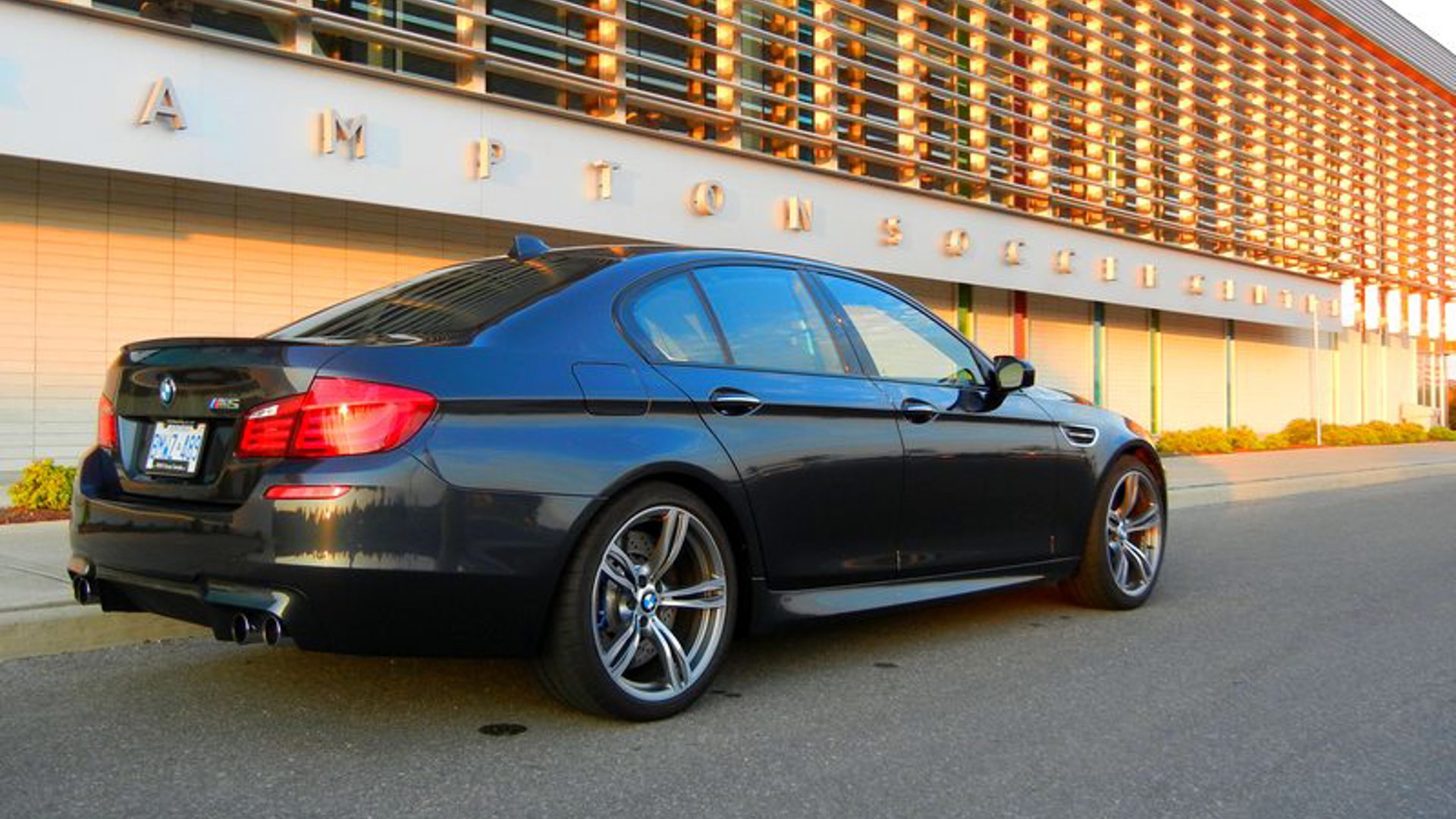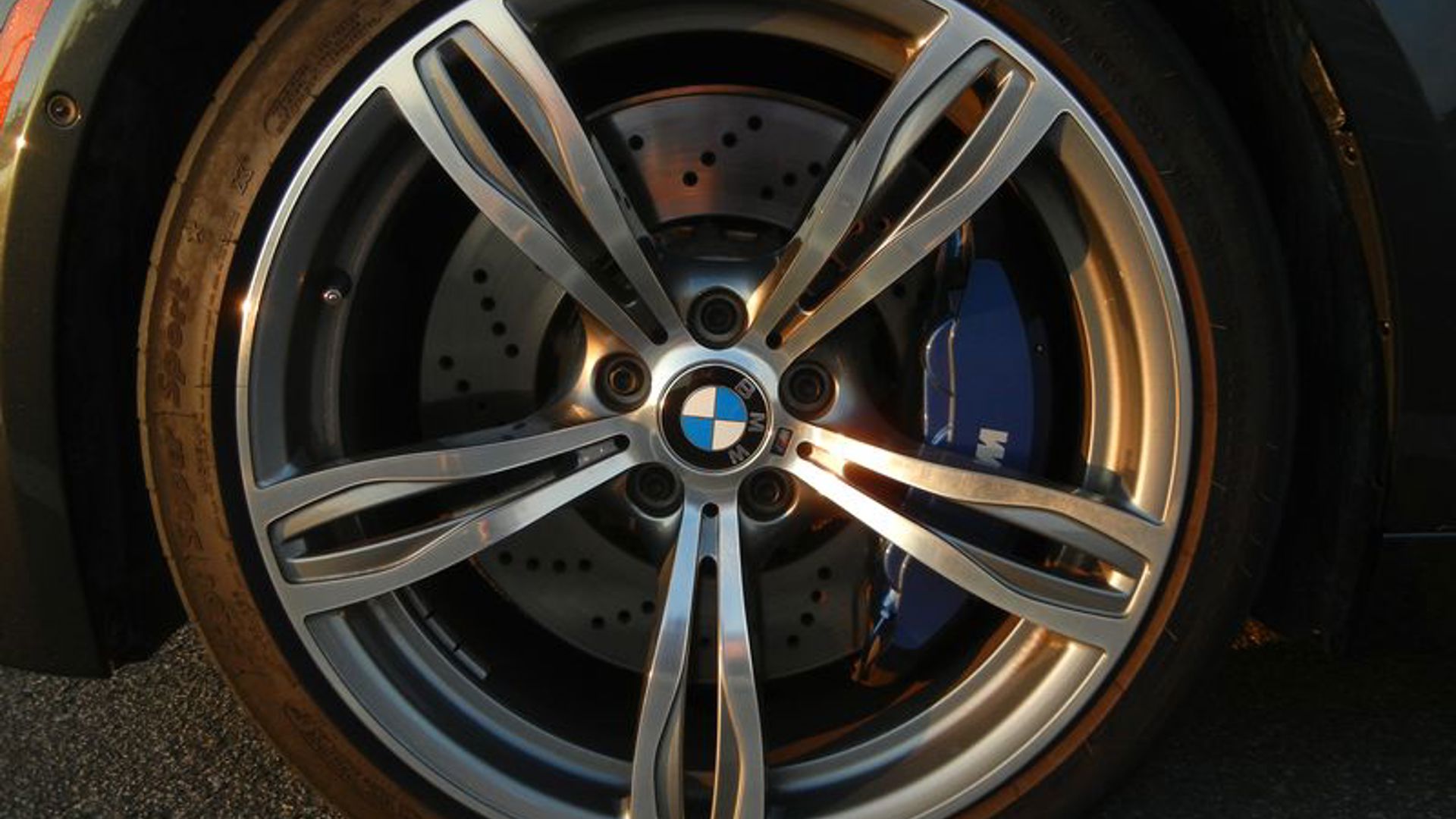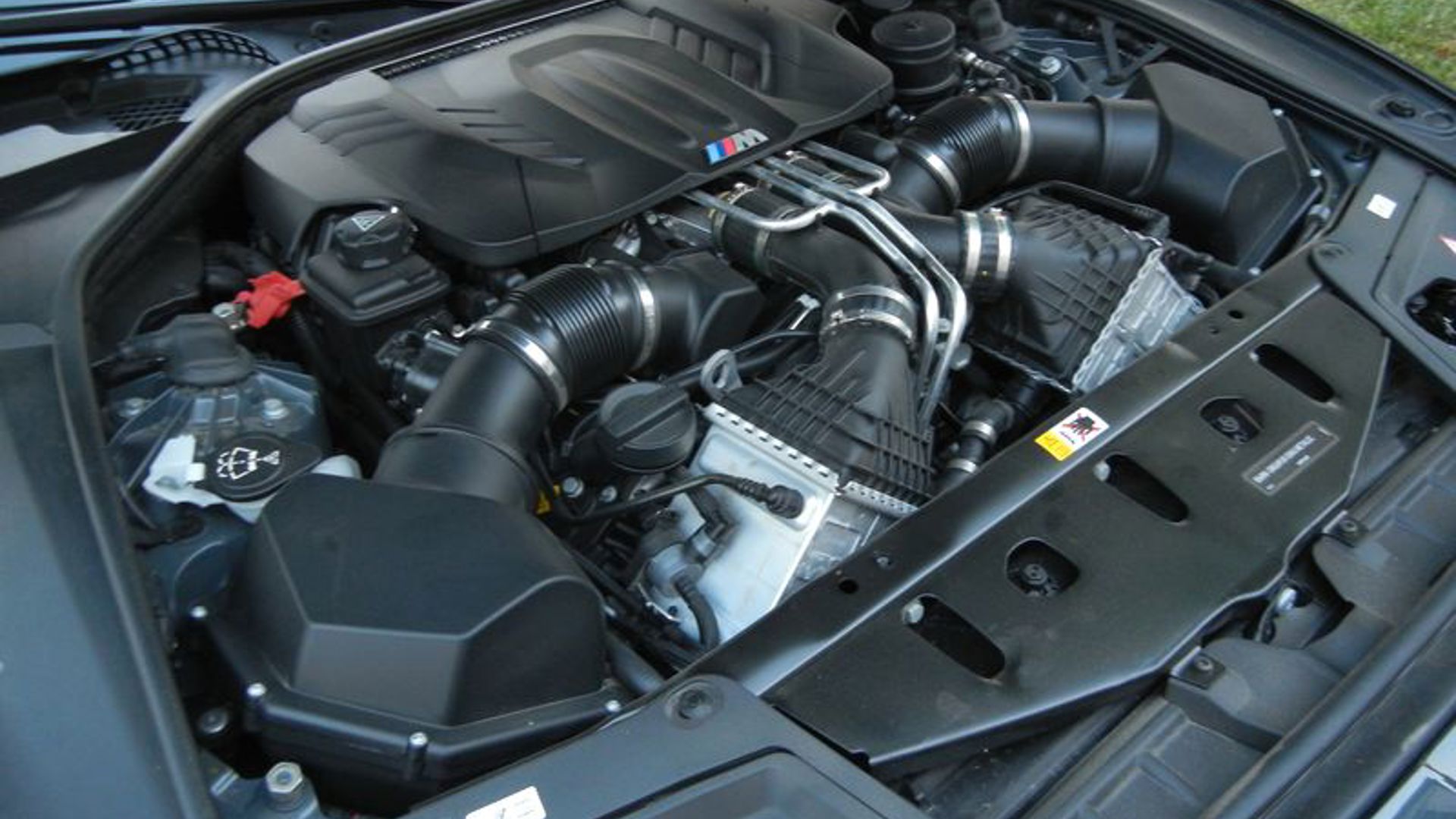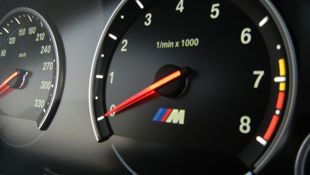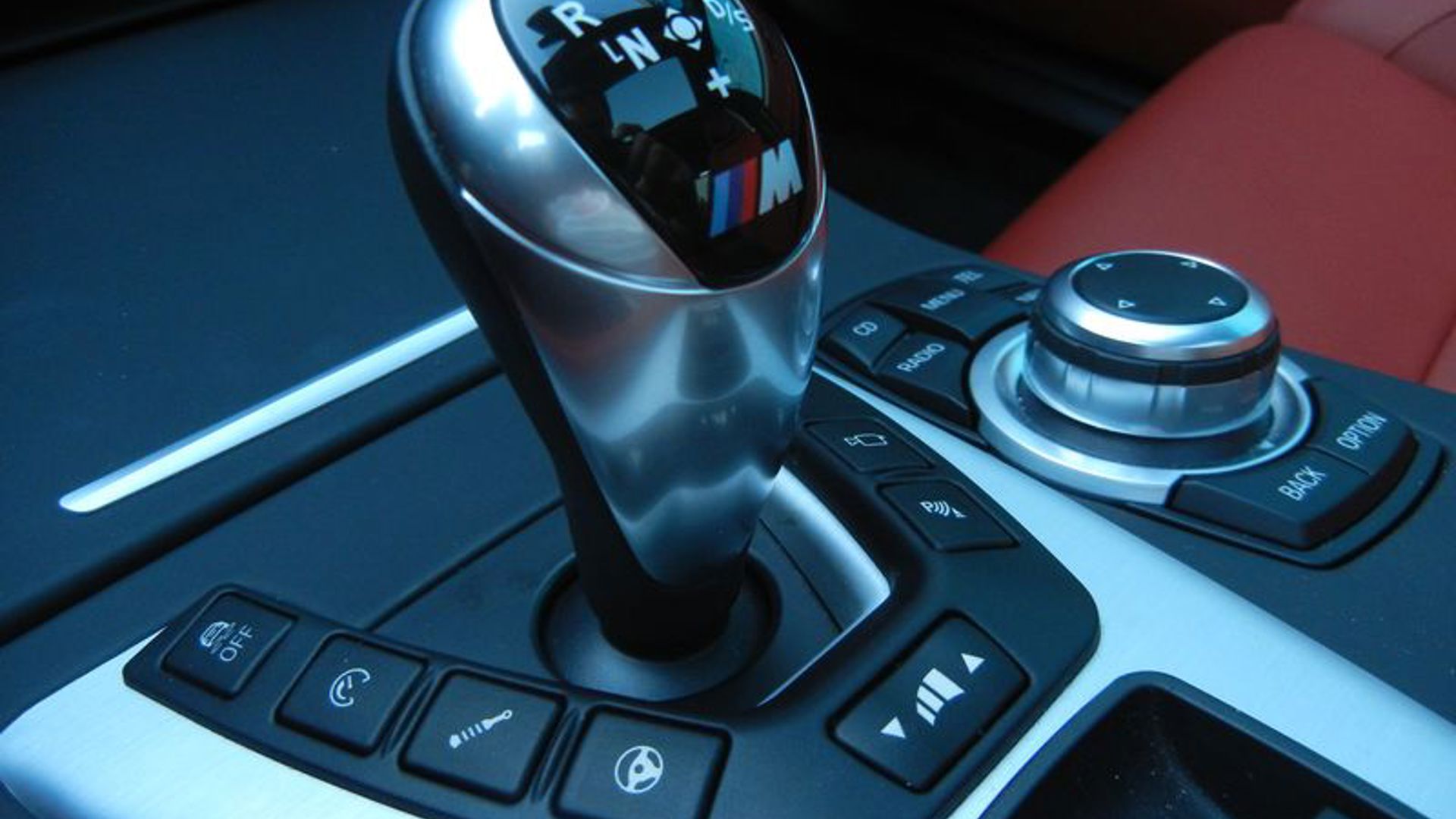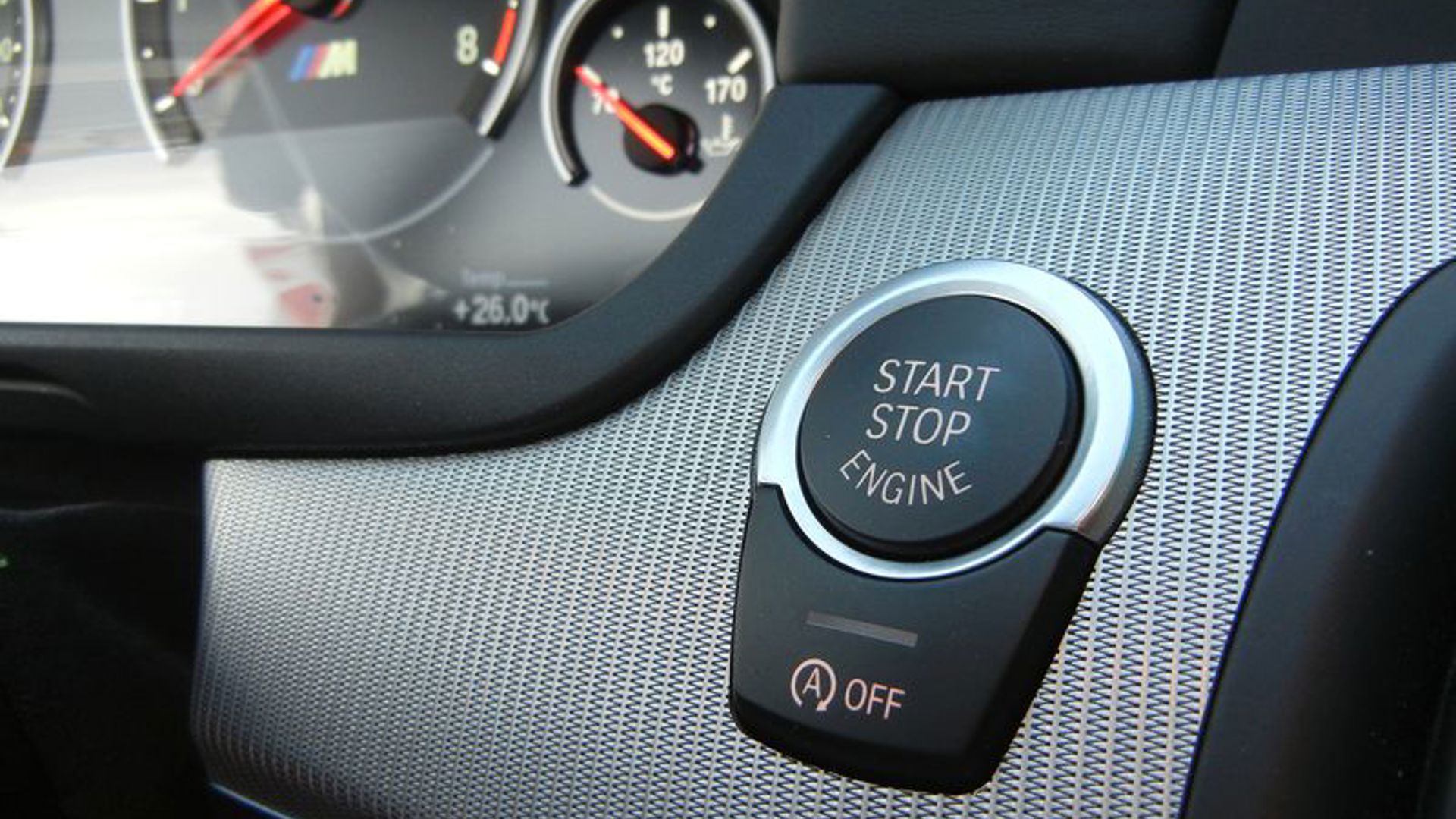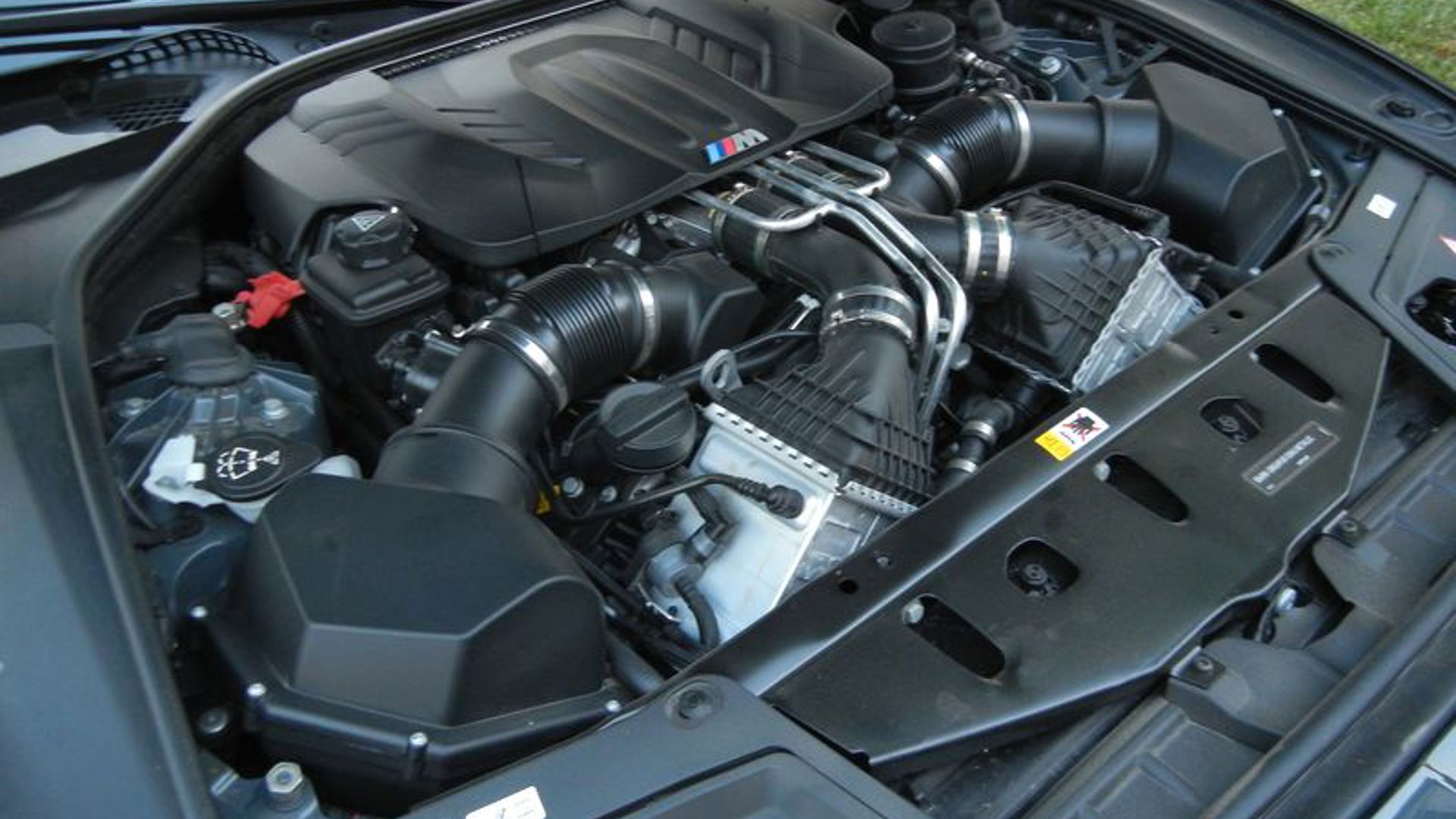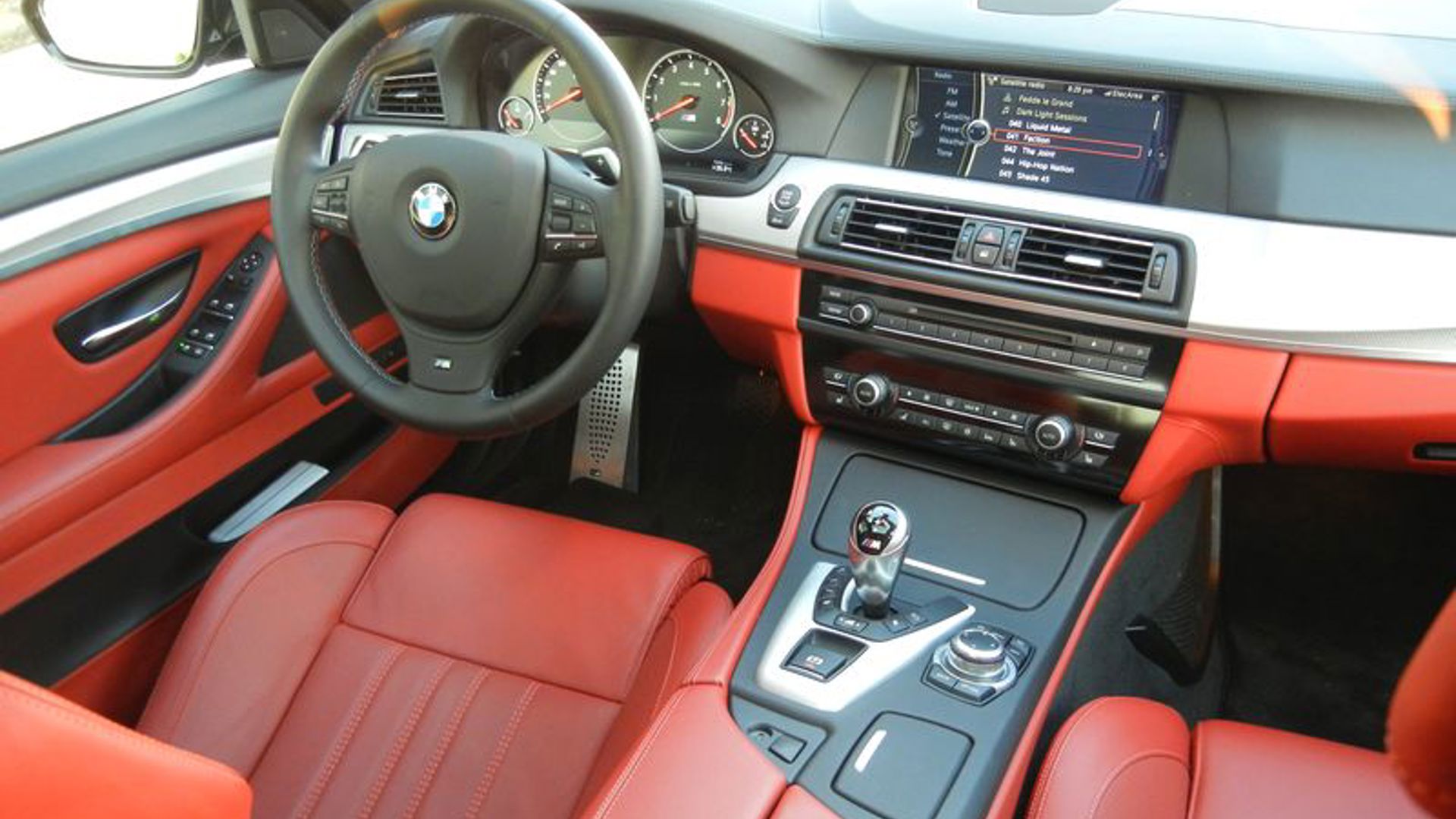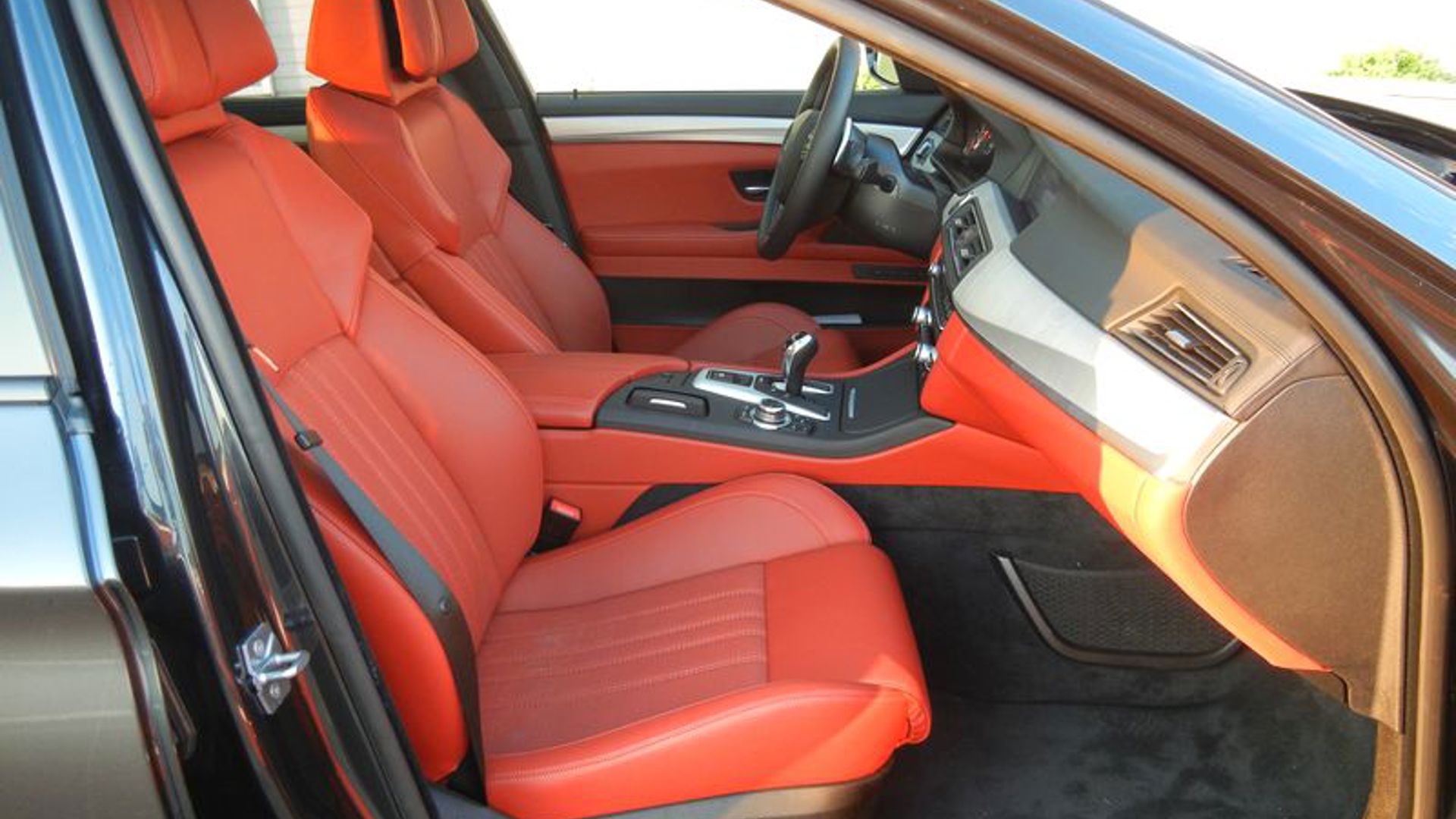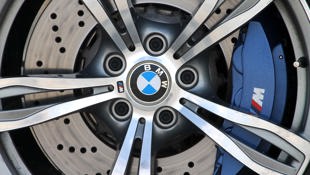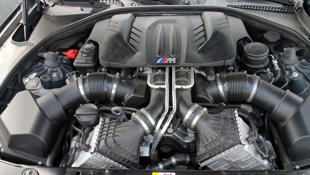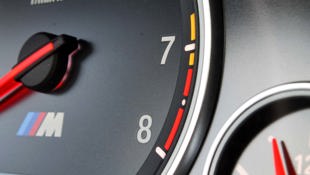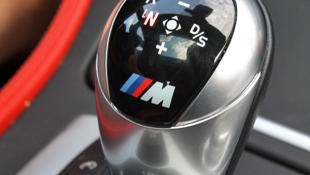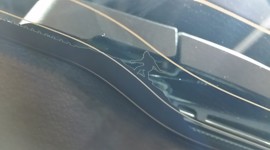Welcome to Depreciation Appreciation! Every month, your pals at autoTRADER.ca dig up an instance of how depreciation can make for an extraordinary used-car deal.
This time around, great pick for the shopper after world-class performance, handling, and firepower from under $40,000: the F10 generation BMW M5.
The F10 M5 marked the model’s first-ever use of a turbocharged powerplant, and incorporated the latest advanced technologies deployed towards safety, luxury, connectivity, and – especially – performance.
Today, you can park a copy of one of the world’s foremost performance sedans in your driveway for under $40,000, all day long. Do so, and you’ll be in a machine built to transition effortlessly between daily commuter, weekend track-day weapon, and high-speed executive express, losing little in between.
The Sticky
This generation of M5 was powered by a 4.4-litre V8 engine, twin-turbocharged for 560 horsepower. Most used models have a seven-speed dual-clutch transmission with paddle-shift and multiple shift modes.
Though rare, some models were available with a six-speed manual transmission as well. Shop patiently if you want your F10 M5 with three pedals.
Look for 0–60 in about 4.4 seconds. All models were rear-wheel drive.
Beyond the firepower, M5 offered up an adult-friendly cabin with plenty of space for four, a generous trunk, and feature content including premium audio systems, climate-controlled seats, a head-up display, push-button start, window sunshades, the iDrive central command interface, radar-guided cruise control, and plenty more.
Approximate New Value
When new, the F10-generation M5 commanded an asking price just north of $100,000 for a standard unit, before any add-on options or special edition packages. Optional add-ons could drive the M5’s price well towards the mid-$100,000 range.
Approximate Used Value
Used pricing for this generation of M5 varies widely based on mileage, though the sweet-spot seems to be in higher-mileage units, commonly used by owners for travel and commuting.
On the higher end of the pricing spectrum, look for low miles and (often) remaining factory warranty, around the mid-sixties. A few more miles on the clock seems to result in a pleasing drop in asking prices, with units like this offering up less than 40,000 kilometres of use for well under $50,000.
If you’ve got less to spend, you may find models with under 100,000 kilometres of use on offer from under $40,000.
Test Drive Tips
Proper and continual maintenance of this type of vehicle is vital to long-term reliability. Seek out service records proving that all maintenance, software updates, recalls, and ongoing tune-up work and inspections have been completed.
A model that’s been serviced exclusively by a BMW dealership for its entire life (with service records to prove it) is your safest bet.
Obtain a satisfactory pre-purchase inspection (PPI) of any used M5 you’re considering before you buy for best results. This inspection will require the vehicle to visit the nearest BMW dealership to undergo an inspection (on your dime) before you agree to purchase. The inspection typically costs a few hundred dollars, money well spent if it saves you buying a used M5 that’s about to need several thousands worth of repair and reconditioning.
According to many owners, opting for any available extended warranty coverage is a great idea, too.
At any sign of unwanted noise, rattles, or smashing / clanging sounds from beneath the M5 on your test drive, have the vehicle inspected by a BMW-qualified technician. Some owners have reported issues with the rear suspension coil springs, which may need replacement.
At any sign of sporadic performance, error messages, or the illumination of one or multiple warning lights in the instrument cluster, hold off on your purchase until the vehicle is treated to a diagnostic scan by a BMW technician, to find the source of the problem. Note that warning and error messages may appear because of hundreds of possible problems, some of which have severe financial implications. You’ll want to know before you buy.
Further, a check of the M5’s engine and driveline for signs of fluid leakage is highly advised.
A small number of 2013 M5’s were produced with a faulty oil pump, which could cause catastrophic engine damage in seconds if it fails. By now, affected models will likely have had their oil pumps replaced with an updated part.
Ask a BMW service advisor for more details on this problem, and how to determine if the oil pump has been replaced. Remember, most models from this year were not affected, but you’ll want to know before you buy.
Finally, approach any used M5 assuming it needs new tires, brakes, and all fluid changes, until you confirm otherwise by vetting service records, or by having the vehicle professionally inspected.
The Verdict
Shoppers should take steps to confirm that the M5 they’re considering isn’t concealing any potentially pricey problems. With a satisfactory inspection completed, you’re well on your way to confident ownership one of the world’s fastest four-door cars.
